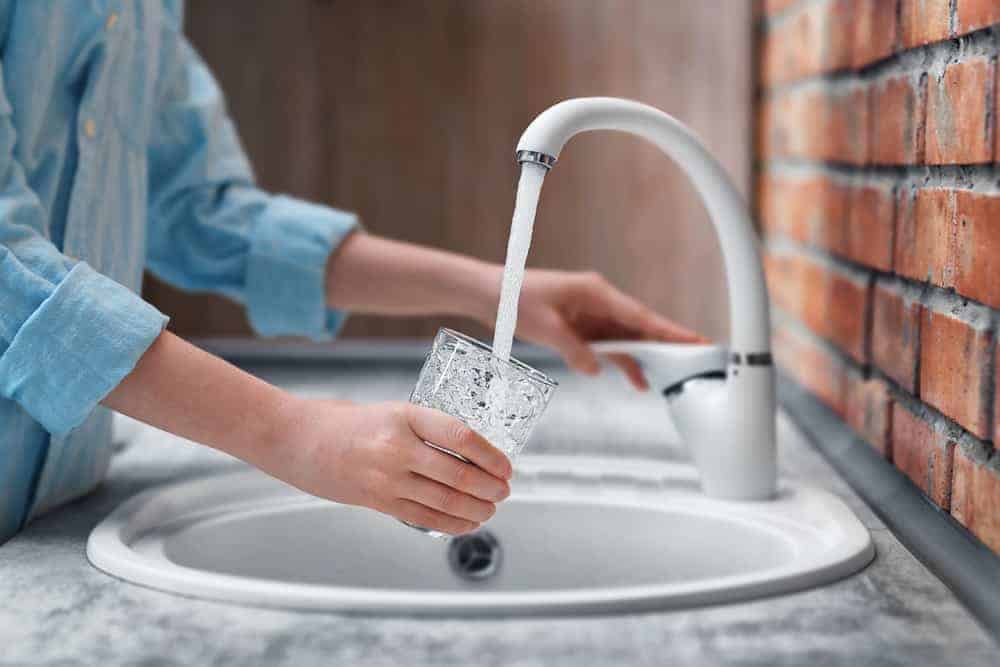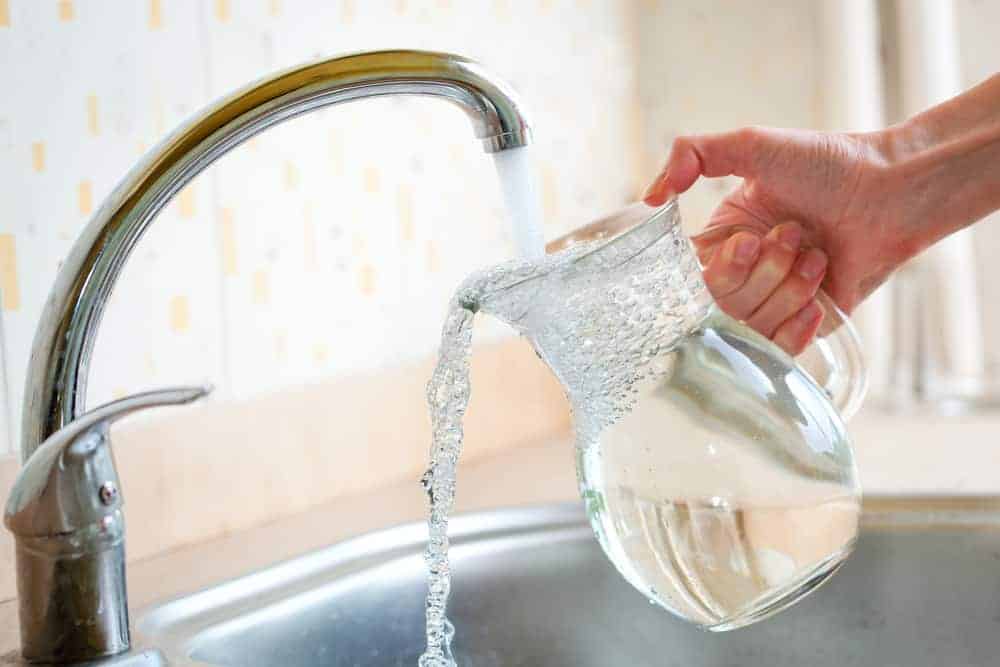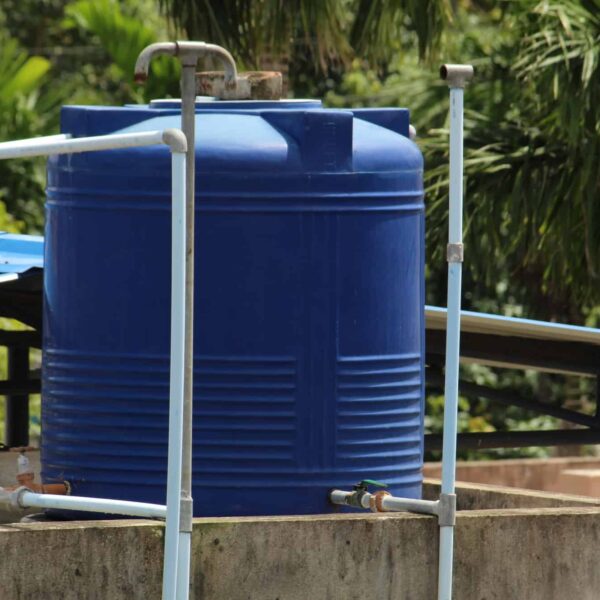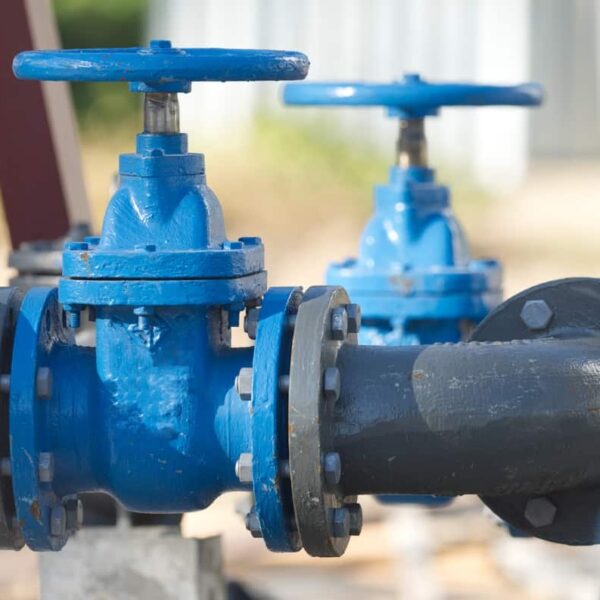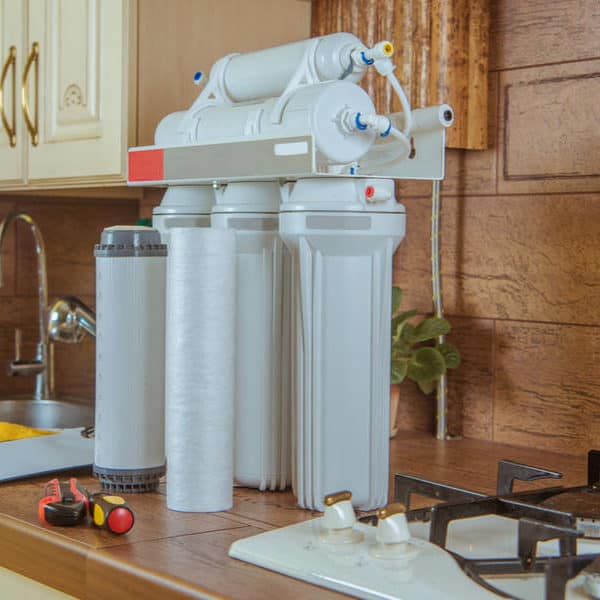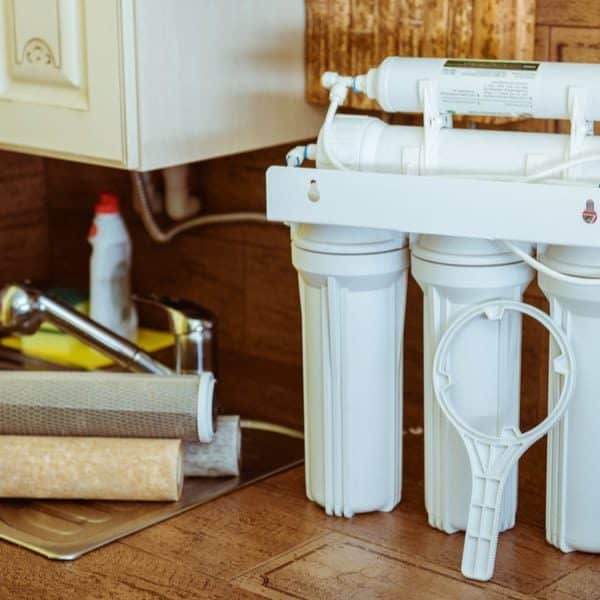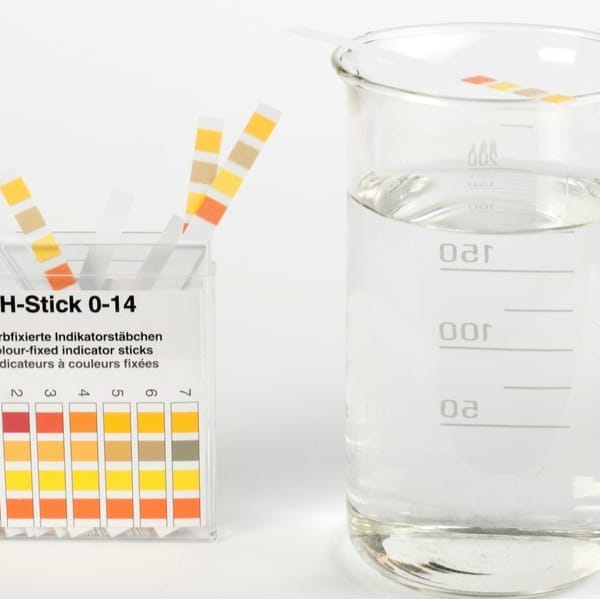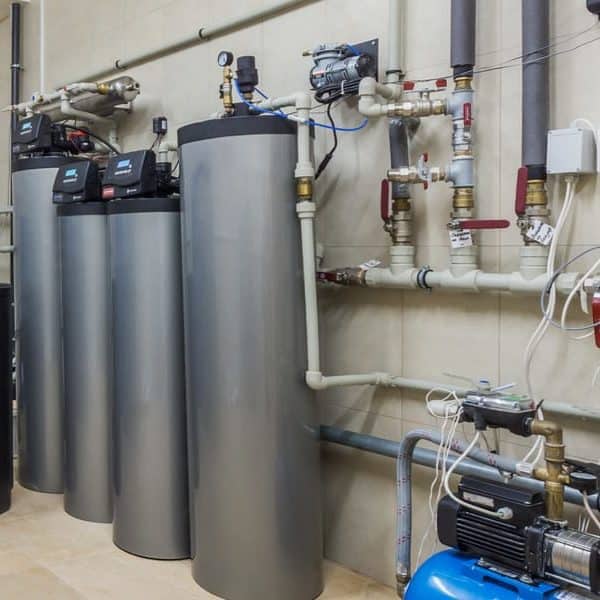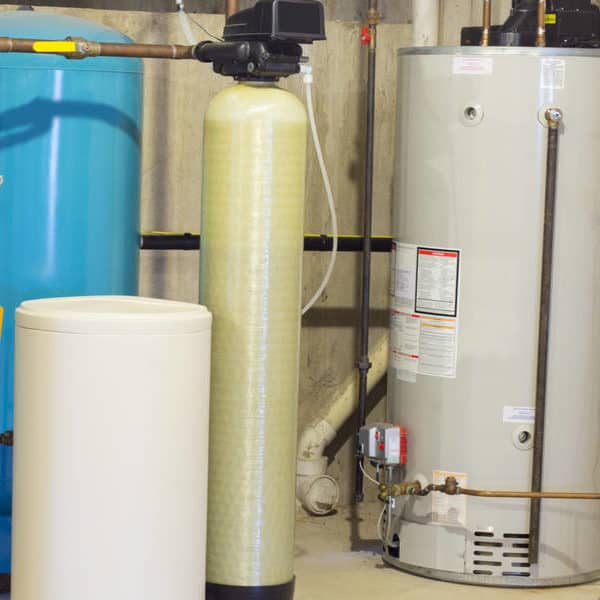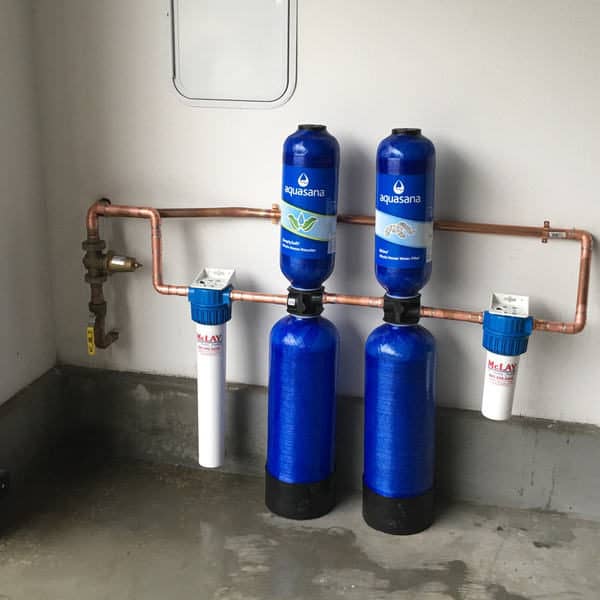Are you worried you’re probably consuming some poisonous substances each time you drink tap water? The good news is that you’re not the only one worried. The last time I checked, the question, “Is tap water safe,” has over 307 million results on Google.
What’s worse than not having water to drink is drinking unsafe water. Tap water is the number one choice of millions of Americans, but recent news is spreading panic like wildfire. In this article, I’ll be answering your question and give clarity to other grey areas surrounding tap water.
Does Tap Water Contain Contaminants?
If you’ve not forgotten your Elementary Science lessons, then you’ll remember that safe drinking water ought to contain only H20. Any other substance, whether chemical, physical, radiological, or biological that is present in your tap water, is a “contaminant.”
The safety of tap water depends on several factors and varies by location. These days, it’s quite rare to find tap water that is devoid of contaminants. Even the Environmental Protection Agency says it’s normal to find traces of contaminants in tap water.
These traces are often residuals from water treatment plants, distribution pipelines, or other pollutants in the drinking water source. When they occur at a very low percentage, their effects will be negligible. However, some of these contaminants pose substantial health risks to you, especially for your kids.
The Michigan city of Flint understands these risks first hand, and have spent millions of dollars to get things right. Their water contains dangerous levels of lead, which can cause kidney, nerve and heart disorders. But kids, who are the major victims, can also suffer from delayed puberty, hearing problems, and behavioral disorders among others.
Is There Any Government Policy To Regulate Tap Water?
If left unchecked, millions of Americans would have died from lead poisoning or harmful chemicals such as Atrazine and hexavalent chromium.
The EPA had to set two sets of standards that would curtail the percentage composition of contaminants and keep your tap water safe.
1. NPDWRs
The legally enforceable National Primary Drinking Water Regulations (NPDWRs) was formulated to curb the level of harmful contaminants from various sources. Water distribution companies are thus mandated to ensure that their water is safe from any contaminants listed under the NPDWRs. These standards also determine how water should be treated.
2. NSDWRs
The National Secondary Drinking Water Regulations (NSDWRs) is another set of guidelines for contaminants that cause skin and tooth defects. These contaminants can affect the odor, taste, and color of tap water.
NSDWRs are more lenient regulations, and water systems are not necessarily mandated to abide by them. However, some states are adopting them as a standard regulation.
3. Unregulated Contaminants
Apart from the contaminants captured in the first and second regulations, other types of contaminants are unregulated. Some of these contaminants are being discovered on a regular basis.
The Safe Drinking Water Act (SDWA) gave a guideline for how such contaminants can be identified by the EPA and listed in the future. This list is known as the Contaminant Candidate List (CCL).
How Do I Know If My Tap Water Is Safe?
A couple of months ago, a friend told me she noticed her tap water was cloudy in color. She had no need to run any test to confirm it was polluted. In likewise manner, there are certain signs you’d see in your water, and you’d have to call the attention of the authorities.
Slightly green water contains copper; if it smells like rotten egg, then you’re at the risk of consuming Hydrogen Sulphide. Yellow-colored water is outrightly poisonous.
As a basic litmus test, if your tap water has a taste, color, or smell, then it has contaminants already. The tough part of unsafe tap water is if it’s odorless, tasteless, and colorless.
Your best shot would be to read your local utility publications and visit EPA’s official website to know when something terrible is reported about your city’s water.
Also, your water service company is mandated by the law to give you a report on the safety of the water you get from them. You should totally ask them for the Annual Water Quality Report whenever you want.
How Do I Purify Unsafe Tap Water?
You shouldn’t wait for confirmation of impurities before you take adequate steps to make your tap water safe. To avoid health risks, I advise you to use any of these recommendations to protect yourself and your household.
Boiling
Boiling is very important when you want to deal with heat-susceptible pathogens like bacteria and viruses. But it doesn’t remove dirt and physical particles. After boiling, add a pinch of salt, then sieve into other containers to remove the physical particles.
Filtration
Filtration involves passing your tap water through a bed of sand to trap physical substances. However, a modern household filtration system can do more than that. You should try an under sink water filter, or Countertop Water Filter, or Gravity Filter.
They can trap pathogens like bacteria and byproducts of chlorine that were used at the water treatment plant. A Fluoride Water Filter can be quite resourceful for hydrogen fluoride and sodium fluoride-polluted water. If your house is quite large, then installing a Whole House Water Filter will save you a great deal of stress.
Chemical Disinfection: Chlorination Iodine And Bleaching
Honestly, it’s not rocket science. Chlorination has been there since our elementary science days. The water we receive in our homes goes through these processes before they are passed through pipes.
Due to the nature of our nation’s aging underground lead pipes, the water gets polluted before they get to our homes. So if you’re not thinking of installing a whole house water filter, you should consider using any of these chemical disinfection processes.
Which Is Safer: Bottled Water Or Tap Water
The debate between bottled water and tap water isn’t going to end soon. Once a friend asked me the need for buying bottled water when they are all gotten from the same tap water. Yea, you heard that right.
There is almost no difference between tap water and bottled water. Having the water bottled doesn’t make it any safer. In Flint, they pass through the same lead pipes that poisoned over thousands of Americans.
But there is a slight difference, though. A few water bottling companies go the extra mile of purifying the water again when they get it. They use Gravity Water Filter and other kinds of water filters. Some use Water Distillers to get the job done.
So if you check properly, you’d realize that what you’re doing to keep your tap water safe is not very different from what these guys are doing, yet you pay tens of dollars for the bottles.
Conclusion
How does this all add up? Tap water can be safe, but you shouldn’t guess. You have to make sure your water is always safe, and an easy way to do that is to make sure you filter it. Don’t think bottled water is different; it can be more contaminated, even more than tap waters.
